What You Need to Know About Cancer-Fighting Superfoods – The Top 7 Most Important Cancer-Fighting Superfoods for Optimal Healing and Health
The Top 7 Cancer-Fighting Superfoods for Optimal Healing and Health
Overview
Cancer-Fighting Superfood – Nutrition is recognized as the most important pillar in cancer care and plays a critical role both during and after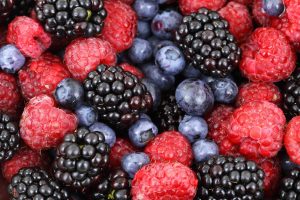
Healthy eating also plays an important role in weight management and helps maintain a strong immune function, which can lower your risk of developing cancer and suppress tumor growth. Making the right food choices becomes even more important after the treatment, as it can help gain your strength back and provide essential nutrients for rebuilding tissues.
Some types of cancer and cancer treatments can affect your appetite and the body’s ability to absorb nutrients, making dietary modifications indispensable. While your main focus should be to diversify your diet as much as possible, researchers suggest that certain cancer-fighting nutrients may be more important than others for cancer prevention and treatment.
Read on to find out the top 7 cancer-fighting superfoods that could lower your risk of cancer.
Superfoods that help prevent and heal cancer
1. Cruciferous vegetables
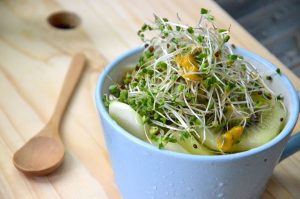
In recent years, cruciferous vegetables are gaining widespread recognition as potent cancer-fighting superfoods. They are rich in fiber, low in calories, and provide good amounts of beta-carotene, folate, vitamins C, E, and K, potassium, calcium, iron, selenium, and magnesium.
In addition, they contain a group of inactive substances called glucosinolates, which are responsible for the bitter taste and flavor of these vegetables. When broken down by chewing and digestion, glucosinolates get converted into biologically active chemicals like indoles, nitriles, thiocyanates, and isothiocyanates.
Studies have shown that active compounds obtained from cruciferous vegetables can protect cells from free radical damage, lower inflammation, enhance the detoxification of carcinogens and other harmful substances, and boost natural immunity against tumors.
Sulforaphane, which is an isothiocyanate found mainly found in cancer-fighting superfoods broccoli and broccoli sprouts, is a powerful Nrf2 activator that has been shown to lower the risk of prostate, lung, colon, and breast cancers. Researchers have also found that metabolites from cruciferous vegetables can activate p53, a tumor suppressor gene that promotes cell cycle arrest, inhibits cancer cell growth, and allows DNA repair.
2. Green tea
Studies have linked green tea consumption with a lower risk of cancers and other cardiometabolic diseases. Tea leaves are rich in polyphenols, especially catechins, that act as antioxidants and are considered immensely beneficial for long-term health and are a powerful cancer-fighting superfood.
Epigallocatechin-3-gallate (EGCG), a type of catechin found in green tea, has been shown to inhibit angiogenesis (formation of new blood vessels) and cancer cell proliferation, thereby potentially limiting the blood supply of tumors and impeding their growth.
Moreover, these disease-fighting compounds protect cells against damage caused by free radicals, UV radiation, and other environmental factors. Researchers have found that EGCG and other polyphenols in green tea can help activate phase II detoxification enzymes like glutathione S-transferase and quinone reductase, helping the liver eliminate potential carcinogens and toxins from the bloodstream. These mechanisms can prevent DNA damage and subsequent genetic mutations that may lead to tumor development.
Green tea extracts cancer-fighting superfood and have been found to lower the risk of several site-specific cancers, including non-Hodgkin’s lymphoma and lung, endometrial, oral, and ovarian cancers.
Matcha green tea contains about 137 times higher concentration of EGCG than regular green tea, which makes it the healthiest form of green tea and one of the most powerful cancer-fighting foods on the planet. Its antioxidant potential has been found to be several hundred times higher than some popular health foods, including berries, cherries, broccoli, spinach, and dark chocolate.
3. Berries
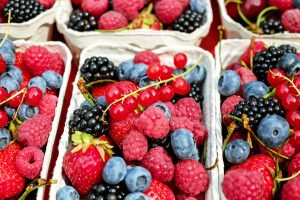
Berries are also high in plant antioxidants like carotenoids, anthocyanins, ellagic acid, resveratrol, flavonoids, and other phenolic compounds that help fight inflammation and lower oxidative stress.
Anthocyanins, which are water-soluble pigments found in some plant foods of red, purple, blue, or black colors, have been extensively studied for their anti-cancer properties. Lab studies have shown that anthocyanins can inhibit the proliferation of cancer cells and induce apoptosis in them. Interestingly, it does not have any effect on the growth of normal cells. Researchers have found that this powerful phytochemical can interfere with multiple signaling pathways to arrest the progression of tumors and can even make them more sensitive to chemotherapy.
Berries, as cancer-fighting superfoods, are also rich in dietary fiber that feeds your gut bacteria and provides protection against colon and breast cancers. Researchers have found that every 5-gram increase in your daily fiber intake could translate to a 30% lower risk of cancer progression and death.
4. Turmeric
Turmeric, the golden spice found in Indian curries, is well-known cancer-fighting superfood and well-researched for its remarkable healing properties. It contains a phytochemical called curcumin, which has demonstrated potent anti-inflammatory and antioxidant effects in thousands of clinical studies.
Curcumin has been shown to impair the blood supply to malignant tumors and activate cell death pathways, which can slow down tumor growth and progression. Moreover, it selectively kills tumor cells without harming normal cells. In lab studies, curcumin has been found effective in killing cancer cells of the lung, pancreas, breast, blood, skin, and colon.
Studies have shown that taking turmeric during chemotherapy may improve healing in cancer patients. It has been found to reduce inflammation, minimize pain and anxiety, prevent serious chemotherapy complications, and enhance the effectiveness of therapies. In some studies, turmeric even reversed the multidrug resistance of cancer cells, making them more sensitive to the same anti-cancer drugs.
5. Fatty fish
Fatty fish like salmon, tuna, sardines, mackerel, anchovies, and trout are nutritional powerhouses that can supplement your diet with plenty of high-quality protein, omega-3 fatty acids, and essential micronutrients. Fish is high in B vitamins, calcium, vitamin D, phosphorus, potassium, magnesium, iron, zinc, selenium, and iodine. Fatty fish can also be considered a powerful cancer-fighting superfood.
Research shows that eating fatty fish three to four times a week can prevent cancer and improve chemotherapy outcomes. Omega-3 fatty acid is a
powerful anti-inflammatory agent that mitigates oxidative damage and supports DNA repair mechanisms, helping maintain the integrity of cells and preventing mutations.
It also enhances the activity of immune cells, including natural killer (NK) cells and lymphocytes, which are responsible for detecting and eliminating malignant tumors. A large-scale clinical study found that taking fish oil supplements four times a week can lower your risk of developing colorectal cancer by 63%.
Vitamin D, another cancer-fighting nutrient that is predominantly found in fatty fish, has been shown to reduce the risk of several types of cancer, including colon, breast, ovarian, and prostate cancers. Supplementation with both omega-3 and vitamin D has also been suggested as a possible adjunctive therapy for reducing chemotherapy-related pain and complications.
6. Moringa
Moringa leaves, also known as drumstick leaves, are commonly used in food preparation. Apart from being one of the most nutrient-dense and cancer-fighting superfoods, moringa also provides a wide range of phytonutrients.
Researchers have identified over 40 types of antioxidants in moringa, including beta-carotene, polyphenols, tannins, saponins, alkaloids, glucosinolates, and isothiocyanates. Moringa isothiocyanate, a major active compound found in various parts of this plant, contains powerful anti-tumor properties and is currently being studied as a possible drug for several types of cancer.
Studies have shown that this compound activates the Nrf2 signaling pathway, which plays a pivotal role in disease prevention and can help arrest the progression of chronic diseases like cancer, kidney disease, type-2 diabetes, heart disease, arthritis, migraine, and dementia.
Moringa extracts are cancer-fighting superfoods that have been shown to kill lab-cultivated cancer cells of the lung, breast, colon, pancreas, liver, skin, and colon. Moreover, it causes minimal toxicity to normal cells and is also effective against multidrug-resistant tumors. Researchers have explained that moringa works by multiple mechanisms to control tumor spread and also lowers inflammatory responses, making it difficult for cancer cells to evade the therapy.
Studies have also found that isothiocyanates found in moringa can trigger temporary genetic modifications, activating tumor suppressor genes (like p53) and turning off tumor-promoting genes (like p38).
7. Tomatoes
Tomatoes contain several cancer-fighting nutrients, including vitamins A, C, and K, potassium, choline, and folate. They are also high in phytonutrients like carotenoids, flavonoids, phytosterols, and phenolic acids that help maintain a healthy immune function and reduce the risk of chronic disease.
Tomatoes are a major source of lycopene—a powerful medicinal pigment that gives this food a luscious red color. Lycopene is a type of carotenoid found in red- or pink-colored fruits and vegetables, such as papayas, watermelons, red cabbage, sweet red peppers, mangoes, pink guavas, pink grapefruits, autumn olives, and apricots. There are more than 600 types of carotenoids found naturally in plant foods, among which lycopene is known to have the highest antioxidant activity.
Lycopene has been associated with a reduced risk of various cancers, including prostate, lung, oral, pancreatic, bladder, breast, cervical, and stomach cancers. In one study, researchers found that men consuming cooked tomatoes and tomato-based products five to six times a week had a 28% lower risk of developing prostate cancer. Researchers also noted that heating or cooking tomatoes enhances the bioavailability of lycopene. If possible, remove the skin of he tomatoes to avoid its lectin load that could lead to leaky gut.
Final thoughts
Eating an anti-inflammatory diet rich in protein, vitamins, minerals, healthy fats, and antioxidants that are cancer-fighting and can help fight inflammation and prevent oxidative damage, boosting your natural resistance to chronic diseases like cancer. Evidence suggests that certain foods may contain anti-cancer properties and can improve healing in cancer patients undergoing therapy.
However, it is important to note that while nutrition is an essential component of cancer care, it should be combined with proper lifestyle choices, such as regular exercise, self-care, optimal hydration, and stress-management practices. It is particularly important to limit your consumption of certain inflammatory foods like alcohol, added sugar and sugary drinks, refined carbs, red and processed meats, saturated and trans fats, and other high-calorie foods.
For natural and cancer-fighting healing remedies, products, and supplements that can help you live your most optimal healthy life, visit our store here!
To Your Health!
References
https://www.cancer.gov/about-cancer/treatment/side-effects/appetite-loss/nutrition-pdq
https://www.ncbi.nlm.nih.gov/pmc/articles/PMC526387/
https://www.cancer.gov/about-cancer/causes-prevention/risk/diet/cruciferous-vegetables-fact-sheet
https://pubmed.ncbi.nlm.nih.gov/29898626/
https://www.ncbi.nlm.nih.gov/pmc/articles/PMC4736808/
https://www.ncbi.nlm.nih.gov/pmc/articles/PMC7565866/
https://www.ncbi.nlm.nih.gov/pmc/articles/PMC8257365/
https://www.frontiersin.org/articles/10.3389/fnut.2022.951935/full
https://www.ncbi.nlm.nih.gov/pmc/articles/PMC8750500/
https://www.ncbi.nlm.nih.gov/pmc/articles/PMC2615542/
https://www.nih.gov/news-events/nih-research-matters/fiber-diet-linked-cancer-immunotherapy-response
https://www.ncbi.nlm.nih.gov/pmc/articles/PMC7059963/
https://www.nature.com/articles/s41430-020-00710-7
https://www.ncbi.nlm.nih.gov/pmc/articles/PMC1876771/
https://www.ncbi.nlm.nih.gov/pmc/articles/PMC6897018/
https://academic.oup.com/jnci/article/91/4/317/2543924
https://www.ncbi.nlm.nih.gov/pmc/articles/PMC3068500/
https://www.ncbi.nlm.nih.gov/pmc/articles/PMC5429338/
https://www.ncbi.nlm.nih.gov/pmc/articles/PMC2582525/
https://www.ncbi.nlm.nih.gov/pmc/articles/PMC1470481/
https://www.ncbi.nlm.nih.gov/pmc/articles/PMC6566772/
https://www.ncbi.nlm.nih.gov/pmc/articles/PMC7446227/
https://www.ncbi.nlm.nih.gov/pmc/articles/PMC6835707/
https://www.sciencedirect.com/science/article/pii/S2667394022000466
https://www.ncbi.nlm.nih.gov/pmc/articles/PMC5697473/
https://www.ncbi.nlm.nih.gov/pmc/articles/PMC4545797/
https://www.spandidos-publications.com/10.3892/ol.2015.3482

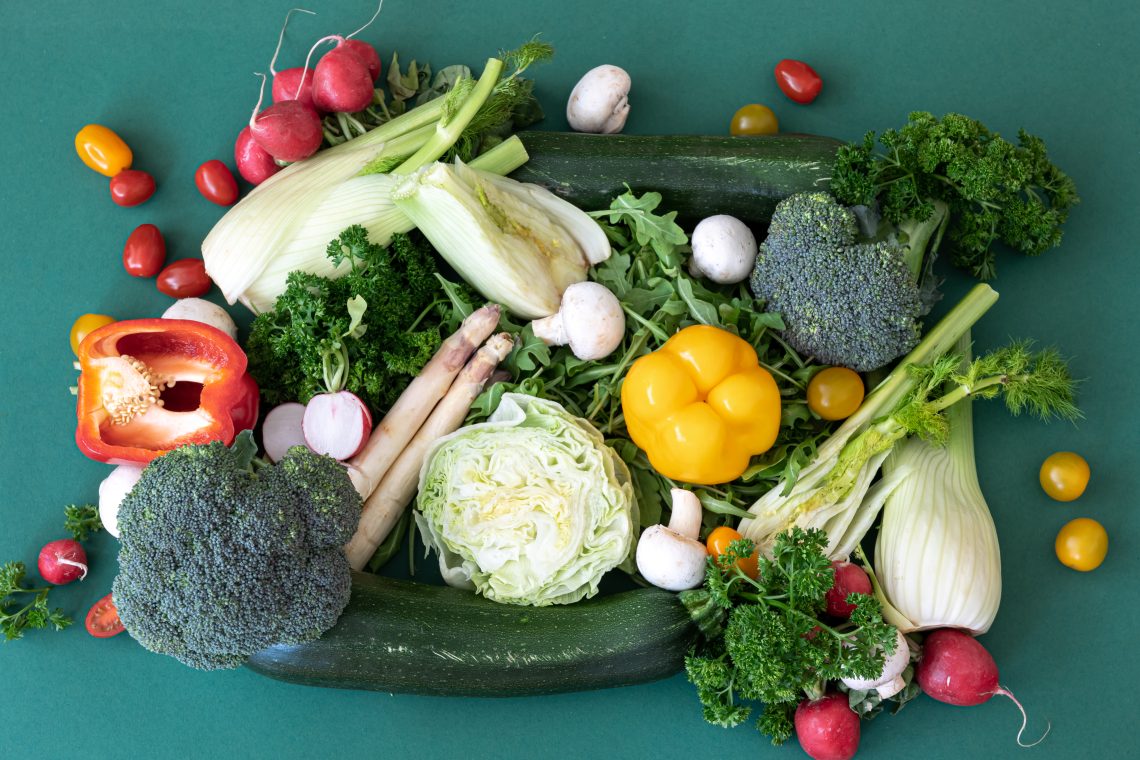

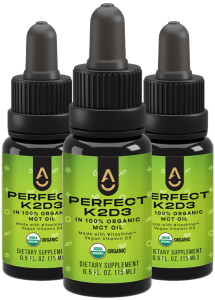
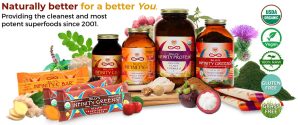
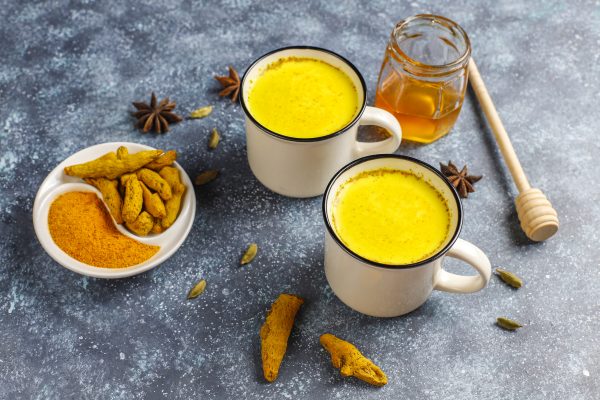
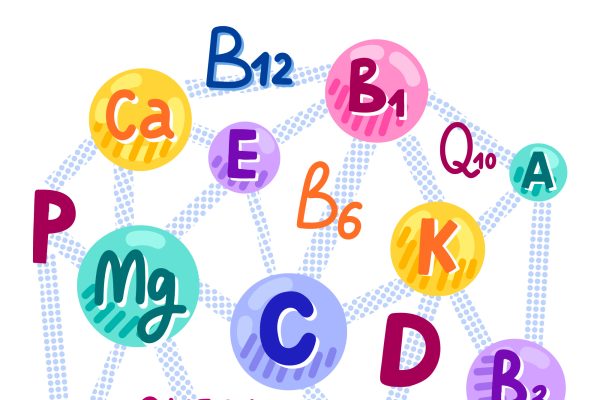



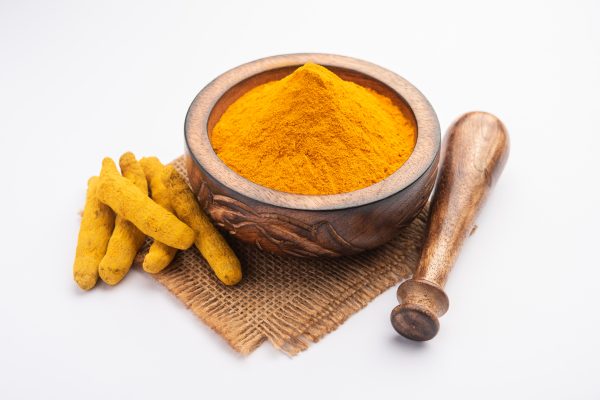



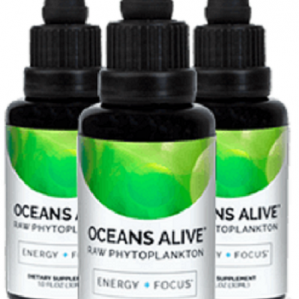
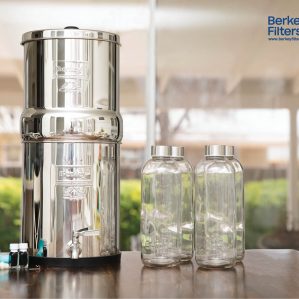
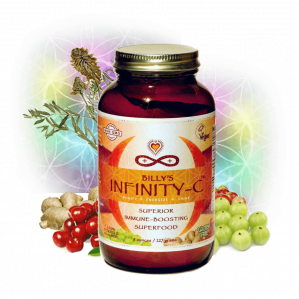











3 Comments
[…] have long been recognized as a nutritional powerhouse, a superfood, offering an array of health benefits that range from enhanced digestion to better […]
[…] such as acrylamide during the high-temperature cooking of starchy foods, which may increase cancer […]
[…] individuals and food enthusiasts alike. In this article, we will delve into the marvels of cauliflower, exploring its nutritional value, health benefits, and creative ways to incorporate it into our […]